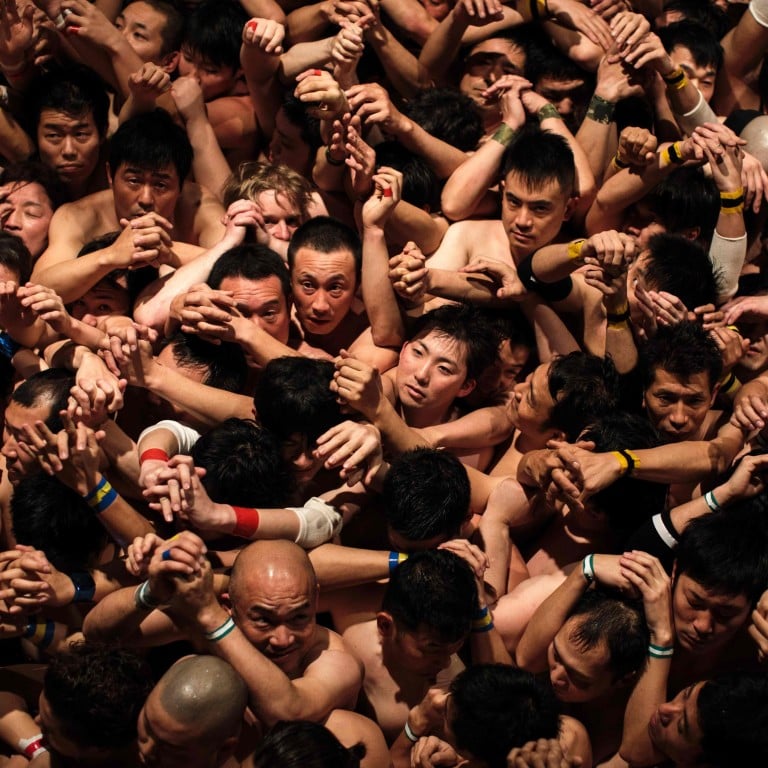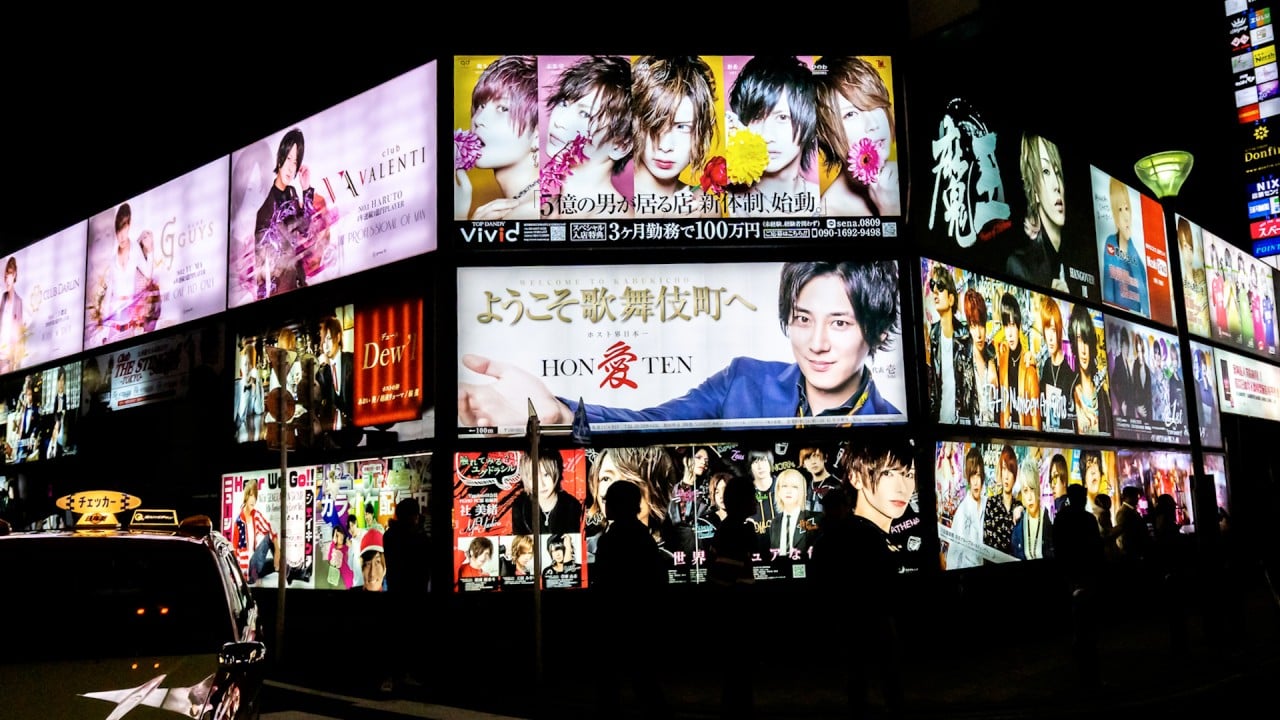
For 1,250 years, Japan’s ‘naked man’ festival barred women – until now – but they can’t go ‘Full Monty’
- Gender experts hail the decision to let women take part in the festival in Inazawa as a step towards equality
- The 800-year-old Fire Festival in Moriyama is also opening to women’s participation for the first time
However, women will still not be allowed to participate in the crescendo of the festival that it is most famous for – a rough-and-tumble scrum in which men wearing only loincloths attempt to touch a completely naked man designated as the shin-otoko, or “god man” in Japanese, to gain good fortune for the next year.
The traditionally men-only Hadaka Matsuri festival is scheduled to take place throughout the day on February 22, with Mitsugu Katayama, an official of the organising committee, telling This Week in Asia that around 10,000 local people are expected to take part in the festival while a similar number will be spectators.
“We have not been able to hold the festival like we used to for the past three years because of the pandemic and, in the time, we received a lot of requests from women in the town to take part,” he said.
Over half of Japanese women fed up with husbands for not doing enough chores
He claimed that women were not actively banned from taking part in every element of the day’s festivities but that no groups of local women had wanted to be involved previously. Around 40 women have banded together to take part in the coming ritual offering of bamboo at the shrine.
Ayaka Suzuki, one of the women who will be taking part in the event for the first time, said at a press conference at the shrine on Saturday that she has long wanted to be involved.
The resident of Inazawa said she had wanted to be a part of the most important day in the town’s calendar since she was a little girl, adding, “I could have participated if I were a boy,” the Yomiuri newspaper reported.
Suzuki is vice chair of the group that has been demanding that women be allowed to take part in the festival, saying that she intends to use her role in the event to “pray for the safety of my family and the people affected by the Noto Peninsula earthquake”.
Sumie Kawakami, an instructor at Yamanashi Gakuin University who focuses on women and gender issues, said she was “surprised but delighted” at the shrine’s decision, adding that she hopes it will be the first step towards women being permitted to take part in every part of the celebrations.
Tokyo’s remedy to combat Japan’s declining population: an AI-driven dating app
“I am very glad to hear this and it is a good sign that Japan is moving forward, although it is of course long overdue,” Kawakami said.
“There are other areas of life in Japan where women are not permitted to participate, such as the ban on women stepping into the ‘dohyo’ sumo ring, and I think that the Shinto religion is quite restrictive for women,” she added.
“Buddhism, on the other hand, is more tolerant and there are female Buddhist priests as well as male priests,” she said. “That sort of gender-friendly approach should be the way forward.”
There is likely another reason behind the shrine’s decision for women to play a more prominent role in the festival, she added, with many rural communities shrinking as young people move to the big cities in search of jobs, leaving towns populated largely by the elderly and infirm.
“I live in Yamanashi prefecture and I see lots of abandoned shrines, temples and graveyards around here, so it is clear that we need more people – regardless of their gender – to take part in these ancient traditions and to make sure they continue,” she said.
“I think more men are becoming aware of that and that they need to involve more women if they want this unique part of their local culture to continue,” she added.
The roots of the festival go back to a time when superstitious local people wanted to be assured of luck in the year ahead, particularly at a time of plague and other common diseases. Local men would gather at the shrine in the otherwise quiet town early in the morning to start the day’s rituals.
The men would only wear white “fundoshi” loincloths and coloured bandanas as they paraded through the town, throwing buckets of icy water over each other, swigging sake to stay warm and carrying portable shrines on long bamboo poles decorated with ribbons. As the revellers finally reach the shrine in the late afternoon, they call out for the shin-otoko to appear.
The chosen man is kept in solitude for days in the lead-up to the event, spending the time in prayer, according to local legend. On the day of the festival, he is shaved from head to toe, stripped naked and finally sent out into the crowds surrounding the shrine.
Japan cracks down on train gropers targeting high-school students during exams
The thousands of onlookers surge and sway as they attempt to touch the shin-otoko for good luck by transferring their bad fortune to him. After much heaving and shoving, the shin-otoko is pulled back into the safety of the shrine.
Earlier this month, it was also reported that women would for the first time be permitted to take part in the 800-year-old Katsube Fire Festival, which took place on January 13 in the city of Moriyama in Shiga prefecture.
In December, the organisers of the Somin-sai festival in the town of Oshu, in Iwate prefecture, said the 1,000-year-old event would take place for the final time on February 17 because there were not enough local people to take part in the annual festivities.


